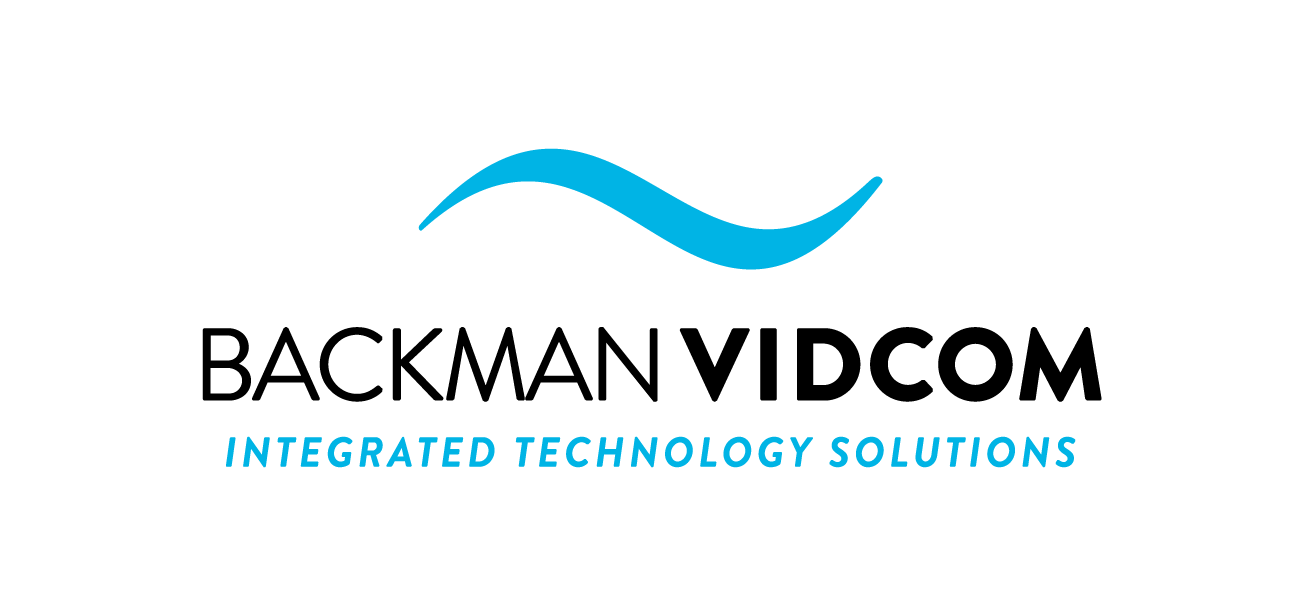An IT Manager’s Guide to Effective AV Integration
IT managers play a critical role in enhancing efficiency and productivity. One powerful strategy is to integrate audiovisual (AV) technology into existing IT infrastructure. When executed effectively, AV integration can streamline communication, foster collaboration, and significantly improve the user experience.
Understanding Commercial AV Integration
Commercial AV integration involves connecting audio and visual equipment—like projectors, sound systems, and lighting—to create a seamless system tailored to your business needs. The right AV system can significantly enhance your operations, but it’s crucial to partner with an experienced AV integrator who understands the intricacies of the technology and your specific goals.
Choosing the Right AV Solution
Selecting the right AV solution depends on several factors:
Space and Layout: Your AV setup should match the size and function of your space. Larger rooms may need more robust systems, while smaller spaces might benefit from scaled-down solutions.
Event Type: The nature of your events dictates your AV needs. For example, conferences require reliable microphones and projection systems, while live performances need advanced sound systems.
Budget: Identify a solution that fits within your financial limits while meeting your operational requirements.
As an IT manager, ensure the chosen AV system integrates seamlessly with your existing IT infrastructure. Collaborate closely with your integrator, prepare your network for additional traffic, and conduct thorough testing once the system is installed.
The Value of Partnering with a Professional Integrator
Working with a professional AV integrator offers significant advantages:
Technical Expertise: They design and install systems customized to your needs.
Ongoing Support: They provide maintenance, support, and training to ensure the system operates smoothly over time.
Be cautious of vendors who claim to be integrators but lack the expertise. True integration involves more than just assembling equipment; it requires a deep understanding of both AV technology and your business needs.
Training and Ongoing Support
Training your staff on the new AV system is essential to maximizing its benefits. Ensure your team understands the basics, follows best practices, and knows who to contact for AV-related issues. Additionally, choose a support partner who offers certified professionals, reliable services, and comprehensive agreements to keep your system running smoothly.
Evaluating Warranties
When evaluating warranties, it's important to carefully consider the coverage details to understand what is included and excluded, be aware of the duration to know how long you’re protected, and thoroughly review the terms and conditions to identify any limitations or exclusions. Additionally, check if the warranty includes any satisfaction guarantees are offered as part of the coverage.
Conclusion
AV integration is a strategic investment that can significantly enhance your organization’s communication and collaboration capabilities. By selecting the right solution, partnering with a professional integrator, and providing thorough training and support, you can ensure a successful integration that delivers lasting benefits.
Start by assessing your needs, exploring integrators, and preparing for a seamless AV integration that drives your business forward.


